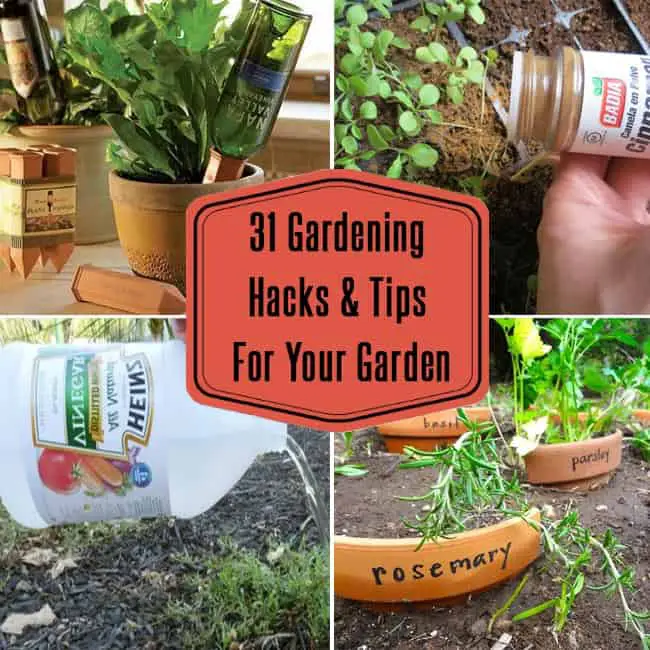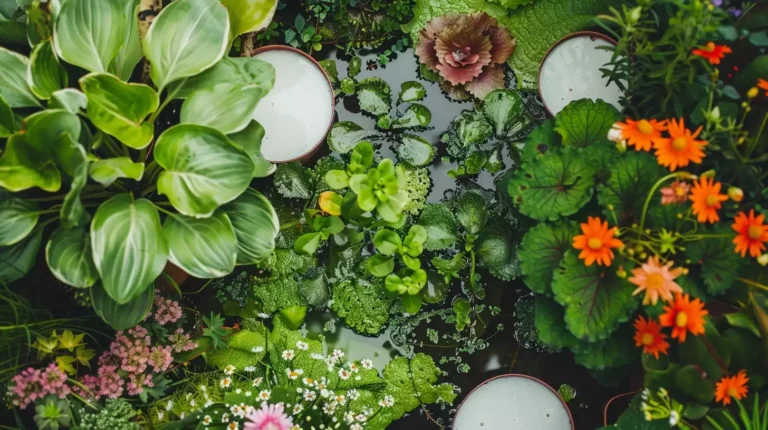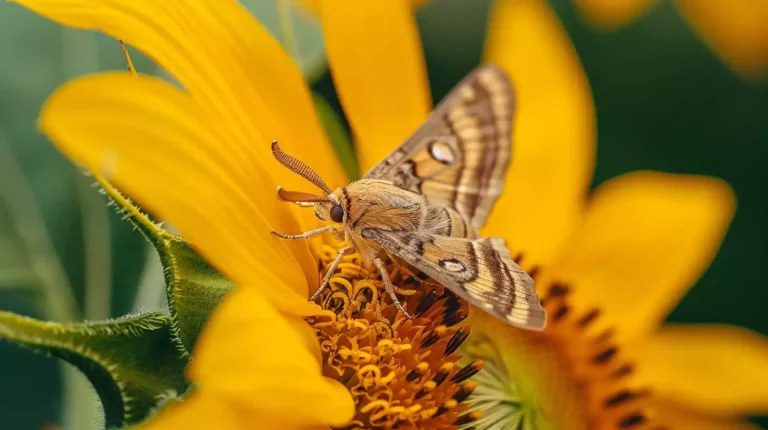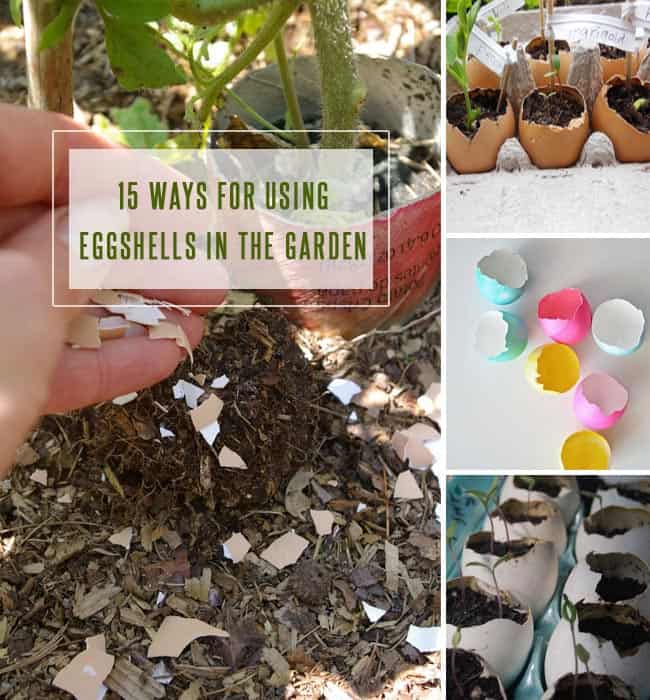How To Get Rid Of Black Bugs On Sunflowers: Proven Methods
So, if you’re dealing with black bugs on your sunflowers, here’s what you can do. First, spot those pesky bugs – they could be Chrysanthemum Lace Bugs.
Look for mottled leaves and premature leaf drop. To tackle them, try horticultural oil or rely on nature’s helpers like lacewing larvae and ladybugs.
Oh, and don’t forget to keep an eye out for aphids too. Those little critters love sunflowers.
Key Points
- Use horticultural oil to suffocate bugs on sunflowers.
- Encourage natural predators like ladybugs and lacewings.
- Inspect sunflowers regularly for bug presence.
- Prune and discard heavily infested plant parts.
- Consider companion planting with bug-repelling plants.
Identifying Black Bugs on Sunflowers
When inspecting sunflowers for black bugs, focus on identifying the distinctive features of Chrysanthemum Lace Bugs. These pesky insects are known for piercing leaves to suck sap, leading to characteristic mottled leaves and premature leaf drop.
If you notice these signs on your sunflowers, it’s likely the work of these lace bugs. To combat them, consider using horticultural oil for severe cases, which can help suffocate the bugs without harming your plants.
Keep an eye out for natural predators of Chrysanthemum Lace Bugs, such as lacewing larvae, hoverfly larvae, and ladybugs. These beneficial insects can assist in controlling the bug population naturally, offering a more sustainable solution.
Understanding Aphid Behavior
Let’s take a closer look at the world of aphids buzzing around your sunflowers. These tiny pests have quite the appetite, feasting on the sap of your plants and causing all sorts of damage.
Understanding their feeding habits, reproduction cycle, and the predators that keep them in check is key to managing these pesky critters effectively.
Aphid Feeding Habits
Understanding the feeding habits of aphids is essential for effectively managing these pests on sunflower plants. Aphids infest sunflowers by feeding on their sap, causing damage to the stems and leaves.
As they suck the nutrients out of the plants, sunflowers can become weakened, leading to discoloration, stunted growth, and distorted leaves.
The sticky honeydew left behind by aphids on sunflower leaves is a telltale sign of their presence. To combat aphid infestations, using insecticidal soap can help control these pests and protect your sunflowers from further damage.
Aphid Reproduction Cycle
As we investigate the behavior of aphids, it becomes apparent that their reproduction cycle is intricately linked to specific host plants, such as Viburnum and Euonymus, where they overwinter as eggs before moving to summer hosts for rapid asexual reproduction.
These tiny pests spend multiple generations on their winter hosts, building up their populations before making the migration to summer plants where they reproduce at an astonishing rate through asexual means.
Towards the fall, aphids return to their winter plants for a generation that includes sexual females, completing their life cycle with both asexual and sexual reproduction stages. Understanding this cycle is vital in managing aphid populations and protecting plants from their damaging effects.
Aphid Natural Predators
Green lacewings and brown lacewings actively hunt and consume aphids at different stages of their life cycle. These lacewings aren’t alone in their battle against aphids; lady beetles and parasitic wasps also play crucial roles as natural predators.
Lady beetles, commonly known as ladybugs, are voracious aphid eaters, helping to keep aphid populations in check. Parasitic wasps take a more sinister approach, laying eggs inside aphids, which eventually leads to the aphids’ demise.
Other beneficial insects like hoverflies and aphid midges contribute to the natural control of aphids. By harnessing the power of these natural predators, gardeners can effectively manage aphid populations without resorting to harmful chemicals, creating a more balanced ecosystem in their gardens.
Signs of Aphid Infestation
When examining sunflower plants, keep a watchful eye for clusters of small black insects on the stems and leaves as this may indicate an aphid infestation. Here are some signs to watch for:
- Clusters of Black Insects: Aphids are tiny black bugs that tend to congregate in groups on sunflower plants, especially on the undersides of leaves.
- Sticky Honeydew Residue: Look for a sticky substance known as honeydew on the leaves, which is often left behind by aphids as they feed on the plant sap.
- Distorted or Curled Leaves: Aphids can cause sunflower leaves to become deformed or curled as they extract nutrients, resulting in visible harm to the plant.
Staying vigilant about these signs can help you detect an aphid infestation early on, allowing you to take prompt action to protect your sunflowers. Keep a lookout for these indicators to make certain your sunflowers remain healthy and vibrant.
Physical Removal Methods
When dealing with signs of aphid infestation on sunflowers, one effective approach is to employ physical removal methods to combat the presence of black bugs.
Gently shaking the sunflowers can help dislodge these pesky insects, while using a strong stream of water to wash them off the leaves can also be effective. It’s essential to inspect your sunflowers regularly for any signs of black bugs or their larvae.
If you notice heavily-infected leaves, don’t hesitate to remove them to reduce the bug numbers and prevent further infestation. In severe cases, pruning and discarding severely infested parts of the sunflower may be necessary to protect the overall health of the plant.
Use of Horticultural Oil
When dealing with black bugs on sunflowers, applying horticultural oil can be a game-changer. This oil suffocates the bugs by coating their bodies, disrupting their ability to breathe and in the end eliminating them.
The frequency of oil use is important to maintain control and prevent future infestations, all while ensuring minimal impact on beneficial insects.
Application of Horticultural Oil
To effectively combat black bugs on sunflowers, horticultural oil can be applied to suffocate the pests by coating their bodies and blocking their breathing pores. Here are some key points about the application of horticultural oil:
- Suffocation Technique: The oil coats the black bugs, preventing them from breathing and leading to their eventual demise.
- Dehydration Effect: By disrupting the bugs’ cell membranes, horticultural oil causes dehydration, contributing to their control.
- Direct Application: Spraying the oil directly on the bugs is an effective method to manage their population of sunflowers.
Utilizing horticultural oil isn’t only a safe and eco-friendly approach but also helps prevent further damage, safeguarding sunflowers from black bug infestations.
Impact on Beneficial Insects
Considering the potential impact on beneficial insects, the use of horticultural oil to combat black bugs on sunflowers requires careful assessment.
While horticultural oil is effective against pests, it can harm beneficial insects like lacewing larvae, hoverfly larvae, and ladybugs that act as natural predators for these black bugs.
Overusing horticultural oil may disrupt the delicate balance of the ecosystem in your garden, leading to a decrease in these helpful insects.
It’s important to weigh the benefits of pest management with the potential harm to beneficial insects.
Supporting these natural predators can offer long-term solutions for managing pests in your garden, creating a more sustainable and balanced environment for your sunflowers to thrive.
Frequency of Oil Use
For best control of black bugs on sunflowers, applying horticultural oil every 7-14 days is essential. This consistent schedule helps suffocate and eliminate these pests effectively.
Here are three key points to bear in mind when using horticultural oil for controlling black bugs on sunflowers:
- Consistent Application: Regularly applying horticultural oil guarantees that new generations of black bugs are targeted and controlled.
- Varied Frequency: The frequency of oil use may vary depending on the severity of the infestation and weather conditions.
- Long-term Management: Following a consistent schedule of horticultural oil application is crucial for long-term control of black bugs on sunflowers.
Application of Insecticidal Soap
Using insecticidal soap is a proven method for effectively dealing with black bugs on sunflowers. This safe and efficient solution works by suffocating and dehydrating the bugs upon contact, helping to reduce bug populations on sunflowers.
To apply insecticidal soap, it’s important to follow the manufacturer’s instructions for proper dilution and application. Regular use of insecticidal soap as part of an integrated pest management approach can lead to best results in controlling black bugs on sunflowers.
A little goes a long way with insecticidal soap, so be sure not to overapply. By incorporating this method into your pest control routine, you can make sure that your sunflowers stay healthy and bug-free.
Removing Damaged Plant Parts
To effectively control the population of black bugs on sunflowers, one must diligently remove any damaged plant parts. Here are my three essential steps to effectively tackle this issue:
- Prune Infected Leaves: Trim and dispose of heavily-infected leaves where black bugs may be hiding or laying eggs.
- Inspect Regularly: Make it a habit to inspect the sunflowers for damaged parts, especially leaves where Sunflower beetle larvae eat or sunflower heads where bugs may congregate.
- Limit Spread: By removing affected plant material promptly, you can limit the spread of black bugs to healthy parts of the sunflowers.
Implementing Preventive Measures
When addressing the problem of black bugs on sunflowers, implementing preventive measures is essential for maintaining a healthy plant. Sunflower beetles can wreak havoc on your beautiful blooms, but fear not!
One effective strategy is companion planting. Consider adding marigolds or garlic near your sunflowers, as these plants naturally repel pests like black bugs.
Attracting natural predators such as ladybugs and lacewings can help keep sunflower beetle populations in check. These beneficial insects feast on the pesky larvae that feed on your sunflowers, acting as your green guardians against infestations.
Proactive steps like pruning and disposing of heavily infested plant parts can prevent the spread of black bugs to other areas of your garden. By removing these breeding grounds, you limit the insects’ ability to multiply and cause further damage.
Natural Predators of Aphids
In maintaining a healthy garden ecosystem, natural predators play a crucial role in controlling aphid populations. When it comes to combating these pesky pests, these are some beneficial insects that can help keep aphids at bay:
- Green Lacewings and Brown Lacewings: These delicate insects are known for their voracious appetites for aphids, munching on them at different stages of their life cycle.
- Hoverflies and Aphid Midges: These tiny flyers are friends to your garden, as they feast on aphids, assisting in maintaining a balanced aphid population.
- Lady Beetles and Minute Pirate Bugs: These small but mighty predators are effective in reducing aphid infestations, making them valuable allies in the fight against aphids.
Having a diverse array of predators such as green lacewings, brown lacewings, hoverflies, lady beetles, and minute pirate bugs not only helps in controlling aphid numbers but also promotes a healthy and thriving garden ecosystem.






